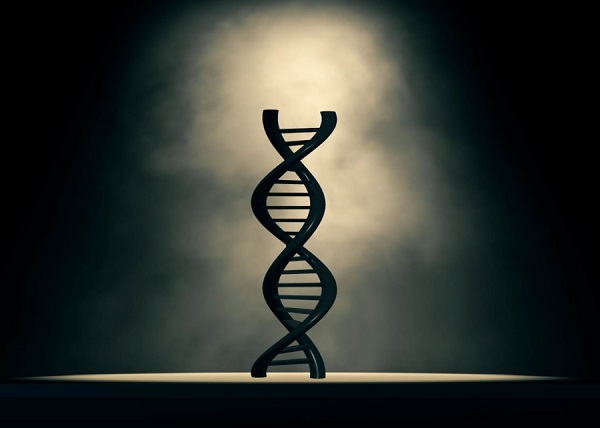STAT Morning Rounds: Six health news stories you need to start your day
By Theresa Gaffney
December 4, 2023
 Understand how science, health policy, and medicine shape the world everyday. Sign up for our Morning Rounds newsletter here.
Understand how science, health policy, and medicine shape the world everyday. Sign up for our Morning Rounds newsletter here.
How sickle cell became the first CRISPR’d disease
Nearly a decade ago, consultants delivered to Rodger Novak a kind of Sears catalog of human malady: 200 pages, listing dozens of different diseases, each annotated with — from a business standpoint — their best and worst attributes. It was supposed to help Novak, then the chief executive of CRISPR Therapeutics, navigate a pressing quandary. His company was founded to commercialize the new revolutionary gene-editing tool CRISPR-Cas9, which promised to cure numerous genetic diseases. But which should they target first?
The result today is one of the more welcome twists of the CRISPR story. Novak dismissed all the consultants’ recommendations and picked sickle cell disease. Now, these patients who have long faced discrimination in medical settings, stand poised to be the first to benefit from a groundbreaking technology. Any day, the FDA is expected to approve exa-cel, the treatment built by CRISPR Therapeutics and its partner Vertex Pharmaceuticals.
The story of how sickle cell became the first “CRISPR’d” disease is instructive in thinking about the future of both sickle cell and the gene-editing tool. In some ways, it was the perfect test case. Read the story by STAT’s Jason Mast.
Disabled doctors make much less money than non-disabled doctors
Disabled patients can often have trouble getting their needs accommodated by physicians, many of whom hold misconceptions about disability. But what about the experiences of physicians who are disabled themselves? They account for about 2% of the workforce, according to a new study from JAMA Health Forum that assessed the income of those who are disabled against those who aren’t. And the payment disparities are stark: disabled doctors make 20% less than non-disabled doctors annually. Per hour, they tend to make 13% less, even when accounting for differences like race, gender, and whether the doctor is a surgeon or not.
The researchers looked at survey data from 2005 to 2019 that included over 92,000 physicians, about 1900 of whom have disabilities. Employer discrimination may be a key factor in the income disparities, they wrote, making it critical to collect such data. They also believe the study should encourage more research on the nature of the pay disparities as it relates to the degree of a person’s disability, the longitudinal earning trajectories, and more.
Remember Big Tobacco? Meet Big Weed.
A century ago, Big Tobacco calmed people’s health fears with outrageous claims that smoking was actually good for you. Camel “promote[s] good digestion” and gives you “healthy nerves,” it touted. In a new First Opinion, physician and former NYC commissioner of health Thomas Farley draws parallels between Big Tobacco then, and Big Weed now.
Farley and others worry about weed’s risk of addiction, strong link to schizophrenia, intoxicated-driver car crashes, and harms not yet proven. A true public health approach to legal marijuana should be based on the tobacco model, he writes, and would first regulate the product to reduce its risk: putting safer limits on potency and prohibiting new THC delivery forms until they were evaluated for safety. That includes prohibiting, for example, gummies, lollipops, sodas, and other edibles that are attractive to toddlers.
[READ FULL ARTICLE HERE]
